FWD vs AWD: Which is the Right Choice for You?
Which One To Choose AWD or FWD ?
Table of Contents
ToggleChoosing the appropriate drivetrain for your vehicle is critical to achieving peak performance, safety, and efficiency. The most prevalent drivetrain options are front-wheel drive (FWD) and all-wheel drive (AWD). Understanding the distinctions between these systems will help you make an informed decision that meets your driving demands and preferences.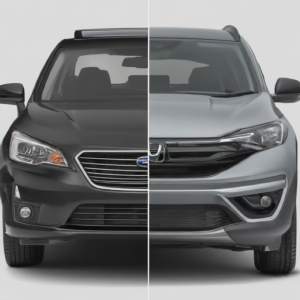
What is Front-Wheel Drive (FWD)?
Front Wheel Drive (FWD) is a drivetrain configuration where the engine’s power is transmitted to the front wheels. This setup is prevalent in many modern vehicles, especially in compact and economy cars.

How Front Wheel Drive (FWD) Works?
In an FWD system, the engine’s power is delivered to the front wheels through a transaxle. This system is relatively simple and compact, making it a popular choice for many vehicle manufacturers.

Advantages of FWD (Front Wheel Drive)
1. Cost Efficiency
FWD vehicles are generally less expensive to produce and purchase. The simplicity of the design reduces manufacturing costs, which translates to lower prices for consumers.
2. Fuel Efficiency
The lighter weight of FWD vehicles contributes to better fuel efficiency. With fewer components and a more straightforward design, FWD cars tend to consume less fuel compared to their AWD counterparts.
3. Simplicity of Design
The compact design of FWD systems allows for more space in the vehicle’s cabin and trunk. This design simplicity also means fewer parts that can fail, leading to potentially lower maintenance costs.

Disadvantages of FWD (Front Wheel Drive)
1. Handling Limitations
FWD vehicles can exhibit understeer, especially during high-speed cornering. This handling limitation can make FWD cars less appealing to driving enthusiasts who prioritize performance and agility.
2. Traction Issues in Certain Conditions
While FWD vehicles perform well on dry, paved roads, they can struggle in slippery conditions such as snow or ice. The concentration of power to the front wheels can limit traction and stability in adverse weather.

What is All-Wheel Drive (AWD)?
AWD is a drivetrain configuration that distributes power to all four wheels of the vehicle. This system can either be full-time, where all wheels receive power continuously, or part-time, where power is sent to all wheels only when needed.
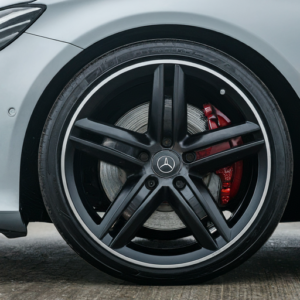
How AWD Works?
AWD systems use a combination of differentials and clutches to distribute power to each wheel. This distribution can vary depending on the driving conditions, providing optimal traction and stability.
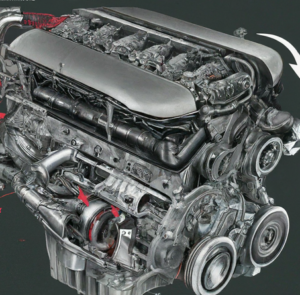
Advantages of AWD (All Wheel Drive)
1. Superior Traction
AWD vehicles offer better traction, particularly in adverse weather conditions such as rain, snow, or ice. The ability to distribute power to all four wheels helps maintain grip and control.
2. Enhanced Stability and Handling
The balanced distribution of power in AWD systems enhances overall vehicle stability and handling. This feature is especially beneficial in off-road conditions or when driving on uneven terrain.
2. Versatility in Various Driving Conditions
AWD vehicles are highly versatile, making them suitable for a wide range of driving conditions. Whether you’re navigating city streets, highways, or off-road trails, AWD provides the adaptability you need.
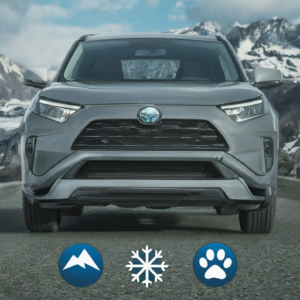
Disadvantages of AWD (All Wheel Driving)
1. Increased Cost
The complexity of AWD systems makes them more expensive to produce and maintain. This added cost is reflected in the higher purchase price and potentially higher repair and maintenance expenses.
2. Lower Fuel Efficiency
AWD vehicles tend to be heavier and more complex, which can negatively impact fuel efficiency. The additional components required for AWD systems contribute to increased weight and mechanical drag.
3. Complexity of the System
The intricate design of AWD systems means there are more components that can fail. This complexity can lead to higher maintenance costs and more frequent repairs.
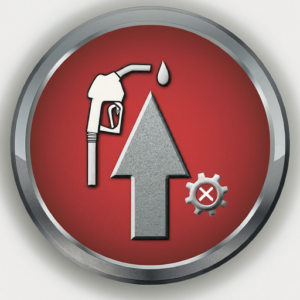
FWD vs AWD | Comparative Analysis
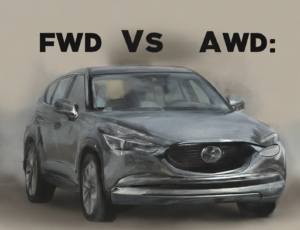
Which One To Choose AWD or FWD ?
1. Cost Comparison
FWD vehicles generally cost less than AWD vehicles due to their simpler design and fewer components. This cost difference is significant when considering both initial purchase price and long-term maintenance.
2. Performance in Different Weather Conditions
AWD vehicles excel in challenging weather conditions, providing superior traction and stability. FWD vehicles, while adequate for most conditions, can struggle in snow or ice.
3. Maintenance and Repair Costs
FWD systems are simpler and often less expensive to maintain. AWD systems, with their additional components, tend to require more frequent and costly maintenance.
When to Choose FWD (Front Wheel Drive)

1. Ideal Scenarios for FWD
FWD is ideal for drivers who primarily navigate paved roads and live in areas with mild weather conditions. The cost and fuel efficiency benefits make FWD a practical choice for many consumers.
2. Driving Habits and Climate Considerations
If you drive mainly in urban or suburban areas and rarely encounter severe weather, FWD is a suitable and economical option.
When to Choose AWD (All Wheel Drive)

1. Ideal Scenarios for AWD
AWD is best for drivers who frequently face challenging driving conditions, such as snow, ice, or off-road terrain. The enhanced traction and stability of AWD systems make them ideal for such scenarios.
2. Driving Habits and Climate Considerations
For those living in regions with harsh winters or who enjoy outdoor adventures on rugged trails, AWD provides the necessary versatility and safety.
FWD in Different Vehicle Types

1. Sedans
Many sedans use FWD due to its cost efficiency and adequate performance for typical driving conditions.
2. Compact Cars
Compact cars benefit from the space-saving design of FWD, offering more cabin and trunk space.
3. Economy Cars
Economy cars often use FWD to keep costs low and fuel efficiency high, making them affordable and practical.
AWD in Different Vehicle Types

1. SUVs
Many SUVs are equipped with AWD to handle a variety of terrains and weather conditions, providing drivers with confidence and control.
2. Crossovers
Crossovers often feature AWD systems to enhance their versatility and appeal to drivers seeking a balance between urban and off-road capabilities.
3. Luxury Vehicles
Luxury vehicles frequently incorporate AWD to deliver superior performance, stability, and comfort, catering to discerning consumers.
Technological Advances in FWD and AWD

1. Recent Innovations
Recent advancements in FWD and AWD systems include improvements in traction control, electronic stability systems, and drivetrain efficiency.
2. Future Trends
Future trends suggest a continued focus on enhancing fuel efficiency and reducing the environmental impact of both FWD and AWD systems. Hybrid and electric drivetrains are also being integrated with these systems for improved performance and sustainability.
Real-World Case Studies
Examples of Popular FWD Vehicles
Examples of Popular AWD Vehicles
Conclusion
Now You Know Which One To Choose AWD or FWD ?
The decision between FWD and AWD is based on your individual driving needs, habits, and the situations you frequently experience. FWD provides cost and fuel efficiency benefits, making it excellent for daily driving in mild weather. AWD offers improved traction and stability, making it ideal for harsh weather conditions and off-road experiences. Understanding the benefits and drawbacks of each system allows you to make an informed selection that best fits your lifestyle.
Read more: What to Do When Your Check Engine Light Blinking?
FAQs
What is the main difference between FWD and AWD?
The main difference is that FWD sends power only to the front wheels, while AWD distributes power to all four wheels for better traction and stability.
Is AWD better for off-road driving?
Yes, AWD is better for off-road driving as it provides enhanced traction and stability on uneven or slippery terrain.
How does weather affect FWD and AWD performance?
AWD performs better in adverse weather conditions such as snow, rain, and ice, providing superior traction. FWD may struggle in these conditions but performs adequately in mild weather.
Are AWD vehicles more expensive to maintain?
Generally, yes. AWD systems are more complex, which can lead to higher maintenance and repair costs compared to simpler FWD systems.
Can you switch between FWD and AWD?
Some vehicles offer selectable AWD systems, allowing drivers to switch between FWD and AWD. However, most vehicles are designed with either a fixed FWD or AWD system.
That was the complete analysis of Which One To Choose AWD or FWD ?










3 thoughts on “FWD vs AWD | Which One To Choose? (Full Comparison)”